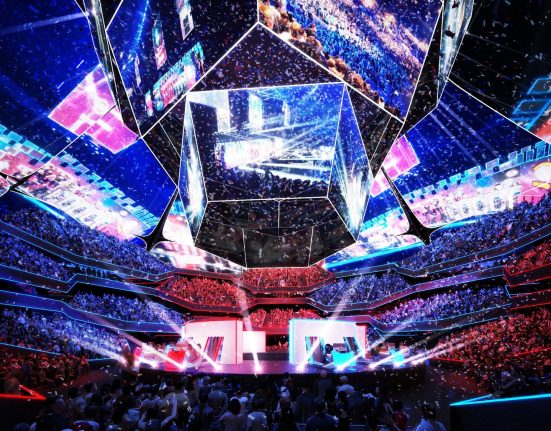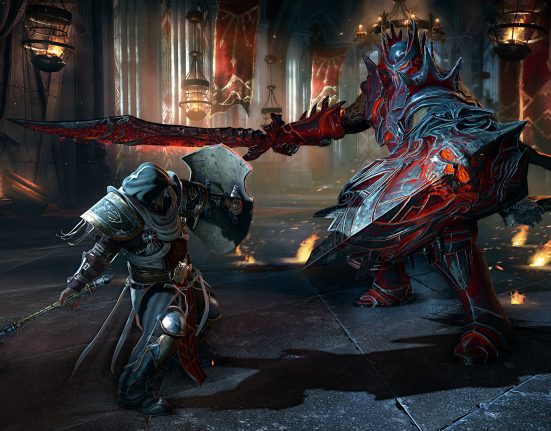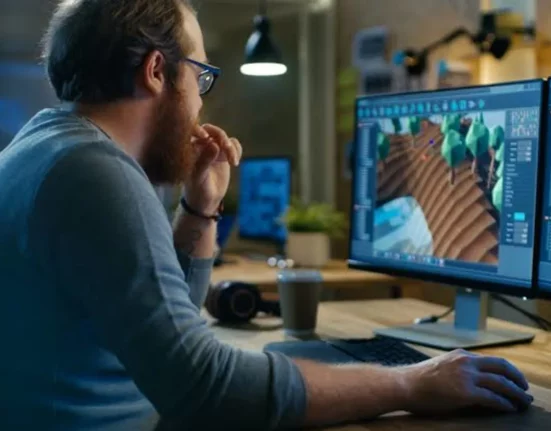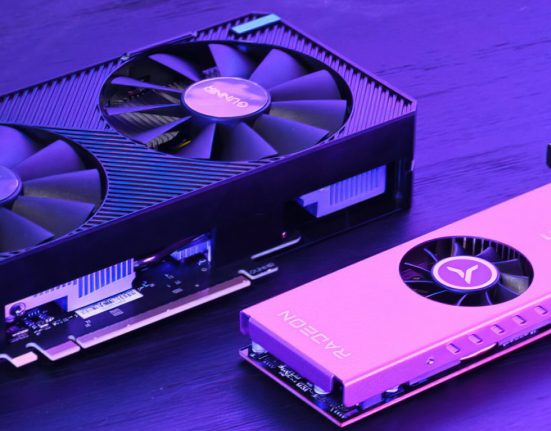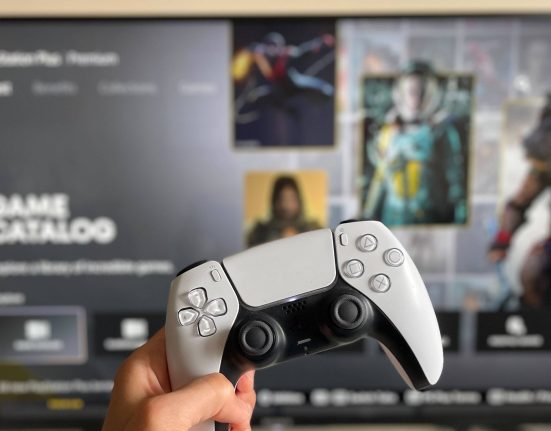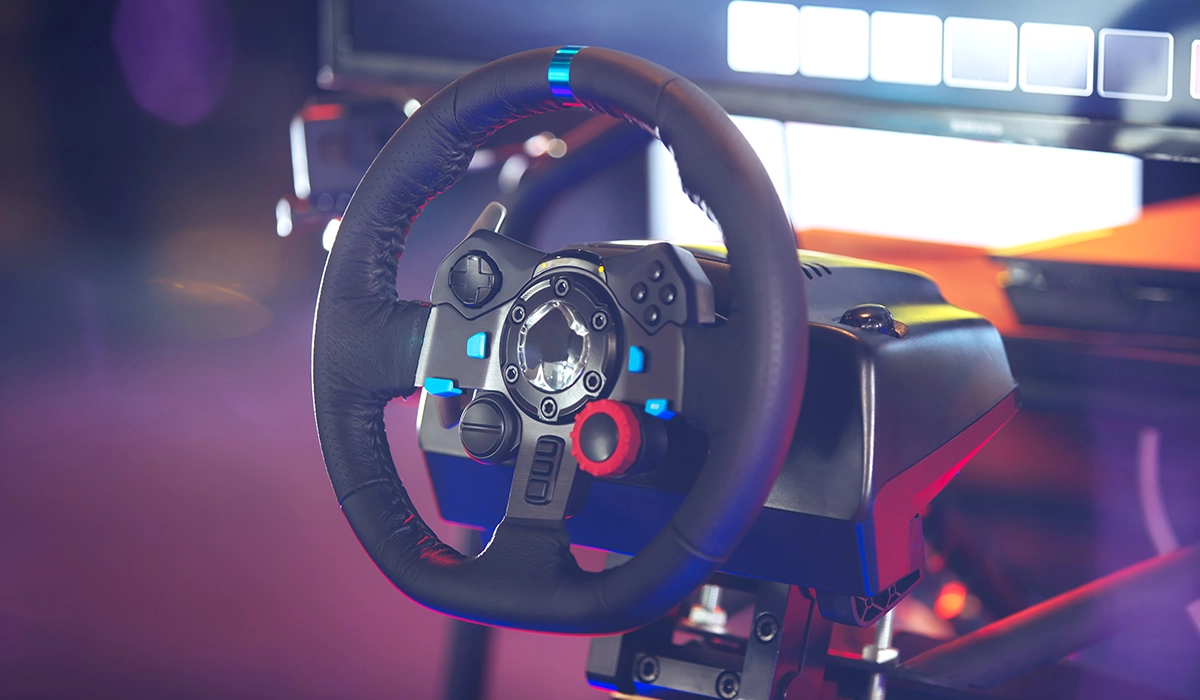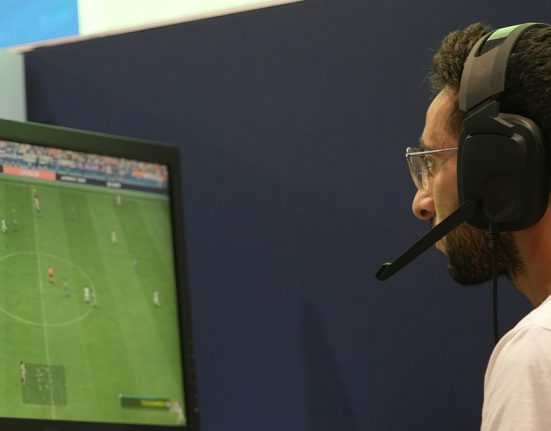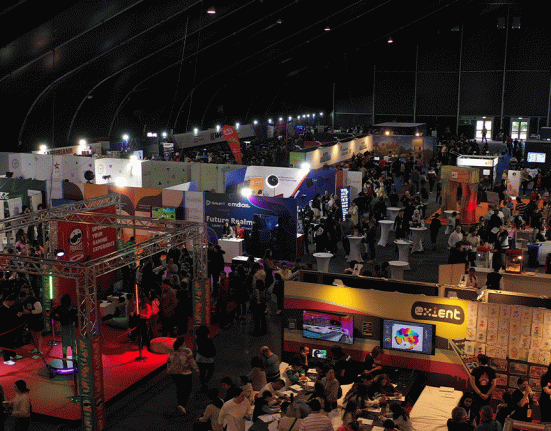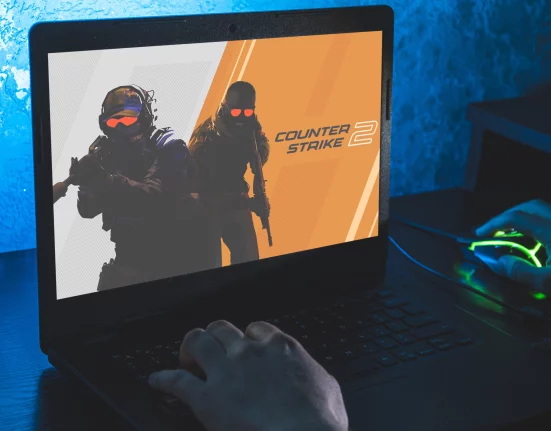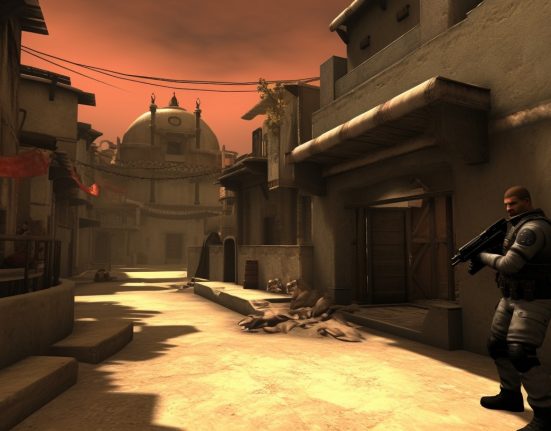When it comes to esports or competitive gaming, the industry is rich in various disciplines or game types. Accordingly, SIM racing is an exciting facet of the industry with local and international potential, packing some interesting technology and cutting-edge implications as discussed by an expert in the scene below!
SIM Racing Technology – Starting with Some Definitions
Ever since racing games existed, the first ever released being Wipeout as long ago as 1972, there have always been two sub-genres. Specifically, these are arcade racing games (non-realistic such as Mario Kart and Need for Speed) and racing simulators (realistic such as Project Cars and Assetto Corsa).
One of the earliest and most popular simulation games came in the form of ‘Indianapolis 500: The Simulation’ back in 1989 – featuring gear ratios, racing lines and other setting unheard of back then.
Do note that certain titles present as a mixture of both referred to as “semi-simulation” racing games such as Gran Turismo and Forza Motorsport.
While arcade racing takes out real-world variables and focuses on speed and action, simulation racing aims to bring the grit of physical racing to a virtual world.
Accordingly, the following is a definition of SIM Racing, short for simulated racing/racing simulation:
Simulated racing or racing simulation, commonly known as simply sim racing, are the collective terms for racing game software that attempts to accurately simulate auto racing, complete with real-world variables such as fuel usage, damage, tire wear and grip, and suspension settings.
Bob Bates (2004) – Game Design
Naturally, as gaming technology has improved drastically over the past decade, the ability to simulate real racing conditions has become more impressive than ever.
Read on as we dive into some of the key pieces of technology which have resulted in SIM Racing influencing the motorsport industry and additional surprising implementations in other industries.
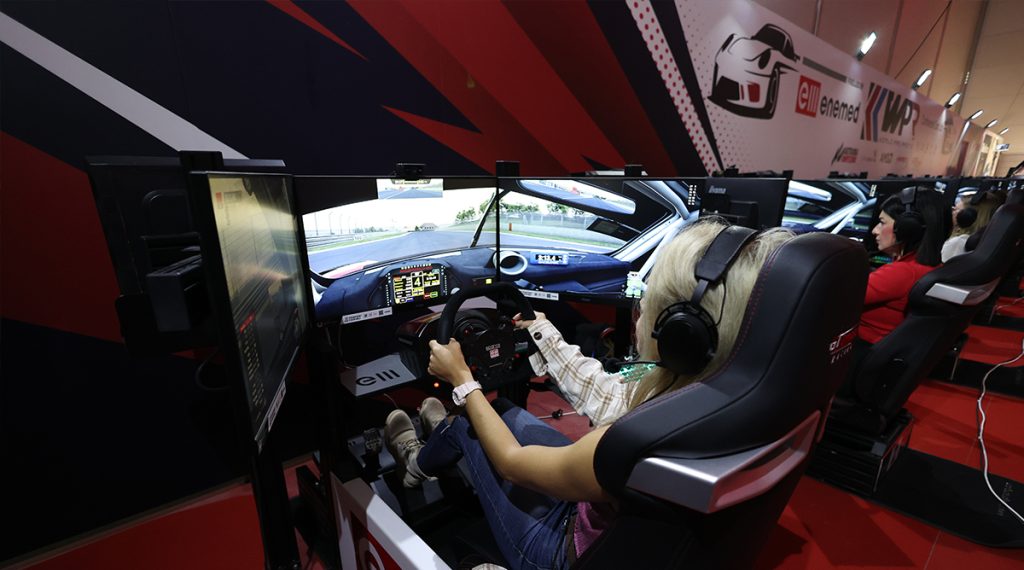
Listing the Essential Technologies
Racing down a strip at full throttle brings with it a number of sensations and stimuli in the real world. Let’s see what technologies try to close down that gap:
- Haptic Technology
Cars vibrate, especially those powered by petrol. Moreso, the roaring and rumbling of an engine is accompanied by the threshing of wheels on a particular surface – concrete, snow, sand, mud, and many more. Also, rattling around a corner tugs on the suspension and tests the yearning grip of tires.
All of this is replicated to an extent thanks to advanced haptic technology. Using a combination of movement, vibration, and texture, the inputs are accompanied by feedback designed to make it feel as real as possible.
- Wheel and Wheelbase
There’s nothing like being behind the wheel. In the context of SIMRacing, wheels come in different shapes and sizes, but more importantly – different technologies.
Specifically, there are three main types of technologies here: gear-driven, belt-driven, direct-drive wheelbases. Each type delivers the torque and force feedback in slightly different ways, all at different price points. For example, direct-drive wheelbases offer the best feedback for the prettiest penny.
Depending on whether the wheel includes a flappy paddle gearbox, you may need a gearstick too for gear changes.
- SIMRacing Pedals
While the wheel handles the steering, the feet are occupied by pedals. Just like wheelbases, these come packed with different technologies. Once again, there are three to bear in mind: potentiometers, Hall Effect pedals, and load cell pedals.
Potentiometers being the cheapest simply register how far the brake has been pushed, which isn’t very realistic. Similarly, Hall Effect pedals use a magnet to generate braking force with fewer moving parts. At the highest price point, load cell pedals manage to register the pressure applied and are hence the most accurate for SIM Racing.
- Visuals – Triple Monitor, Curved Display, or VR?
Although the pedals and wheelbases are specific to SIMRacing, any monitor can be used for the discipline.
Naturally, though, there are certain parameters to look out for to get the most out of your experience. Higher quality displays will allow for higher detail – essential for an increased Field of View when racing. In addition, the intense speed demands a monitor with a potent refresh rate (Hz).
Do note, that SIMRacing titles are also designed to support triple monitor displays and curved displays too – all depending on your budget. Also, VR is also being considered an option, especially as headsets become more accessible and lightweight as time passes.
- A Set-Up and a Title
To conclude, you’ll need all your peripherals in one place hooked up to the monitor and a powerful PC for the best experience. While you could do so with rudimentary household items, there are dedicated stands that when paired with racing gaming chairs, make for a sweet set-up. With everything set up, you’ll just need to pick from a number of SIMRacing titles – all offering different packages.
SIMRacing in Malta – A Novel Scene
Sure, the technology is great, but the infrastructure behind SIMRacing and the respective esport expands both internationally and locally.
For those who didn’t manage to make it, SIMRacing was a massive part of Playcon and in accordance, the Maltese Esports industry.
Supported by SIMRacing facilities such as World Pro Racing and Velocity Esports Racing, events, and training exercises are organized both locally and globally. A number of teams, as exemplified by GT OMEGA RPM eSports field local talent as they compete on national and international stages.
However, SIMRacing seems to be so much more than just for the sake of competition. Moreover, we’re honored to reveal a guest speaker, Justin Mifsud, who’ll share a few words on the topic below.
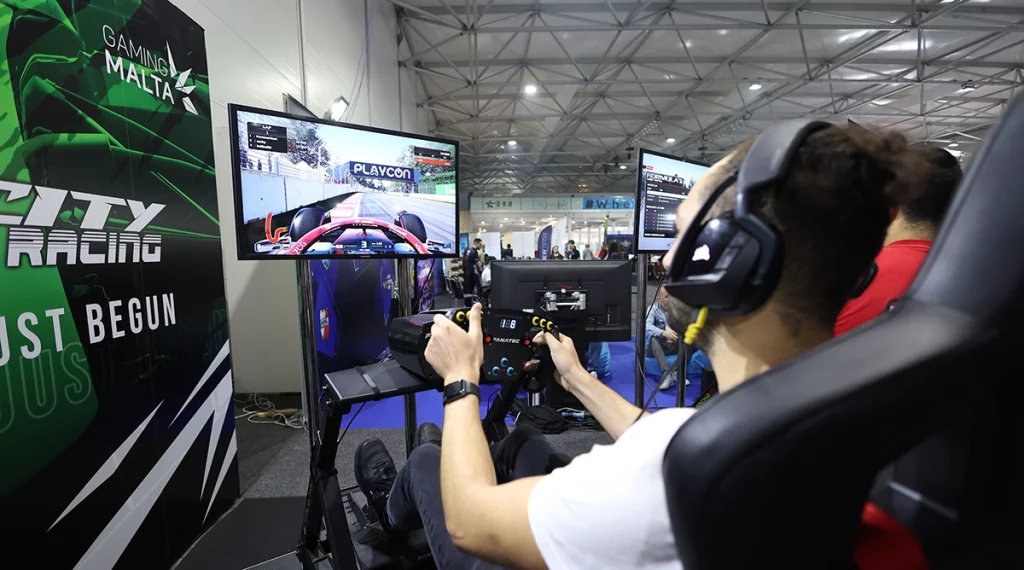
SIMRacing Technology – Asking the Expert
As an expert in the field of SIMRacing, Justin is the Vice Chairman of the International Digital Motorsport Federation, the Founder & CEO at World Pro Racing, the Founder & Team Manager at RPM Esports, and a Producer and Presenter at Esports+.
Anyways, we were lucky enough to sit down with Justin and ask a few questions about the industry:
- #1 – Hi there Justin! From your point of view, what is SIMRacing and how has it developed over the past few years?
- #2 – As we mentioned in the article, there is definitely a Maltese scene for SIMRacing. Could you elaborate further on this and describe how we compare to other nations in this regard?
- #3 – Besides virtual competitions and training, what are other uses and implications of SIMRacing as a technology?
- #4 – In conclusion, what does the future of SIMRacing hold both internationally and locally?
Stay tuned for the interview which will be released in the coming week!
In Conclusion – Nowhere Near Concluding
So there you have it, a crash course into the world of SIM Racing technology which is only just in its beginnings.
Let us know your thoughts in the comments section below!
For more news on technology, esports, and gaming, visit our news site here: https://playcon.gg/news/


